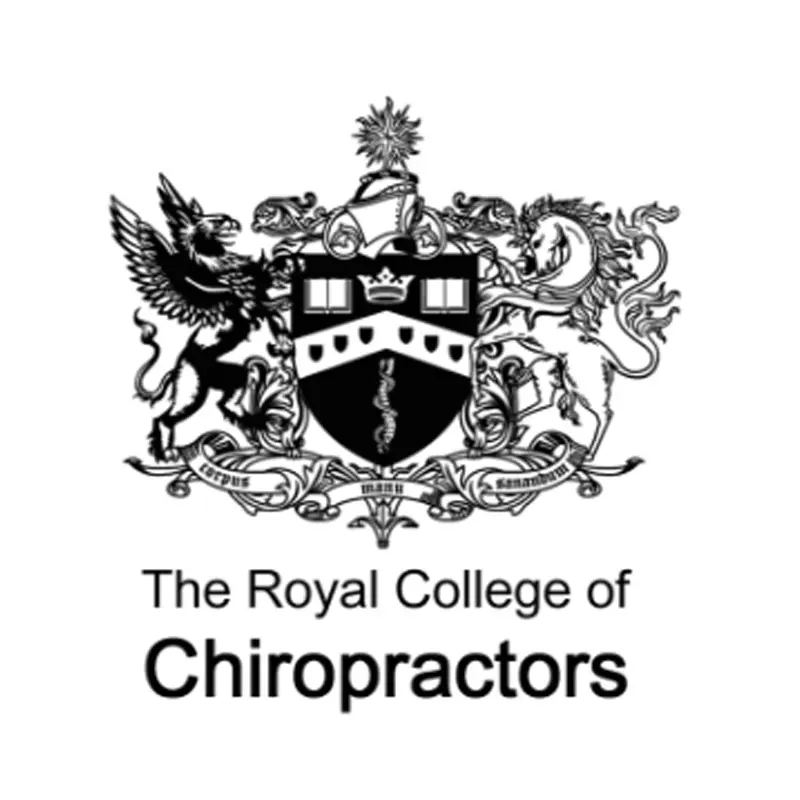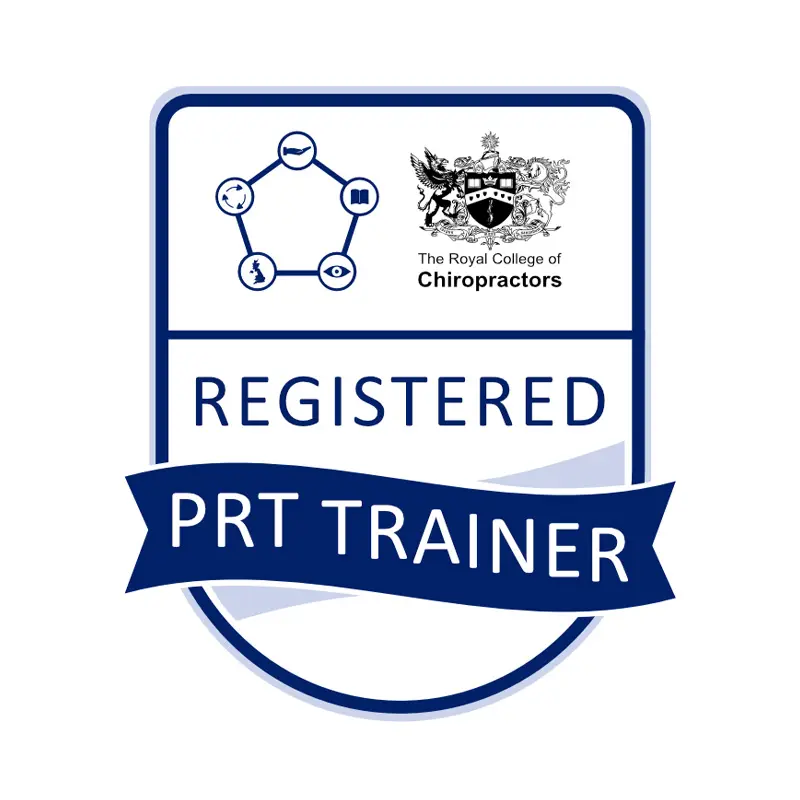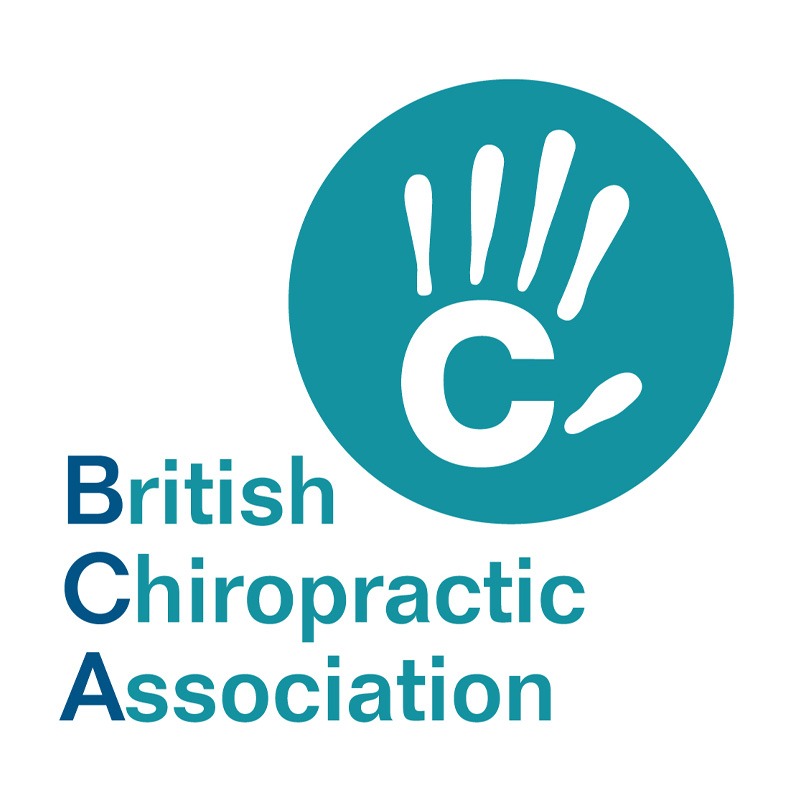Congratulations: you’ve run your marathon! Now, unless you wish to spend the next few weeks plagued with soreness and sniffles please read on.
Marathons are tough on the body – there’s no way to sugar coat this fact. Muscles, hormones, tendons, cells, and almost every physiological system is pushed to its limits during a marathon. It doesn’t matter if you’re a London qualifier or it’s your first marathon, 26.2 miles is 26.2 miles and your body has undergone tremendous physical duress. Recovering from a marathon is a critical component of your training plan, and so often a stage that runners often neglect. What you do in the days following a marathon is just as important as what you did before!
Running long distances places high demands on the body resulting in depleted fuel stores, accumulated fluid in the muscles, dehydration and perhaps some damaged or stressed muscle tissue. So, not surprisingly, you’ll be susceptible to injury and infection after the race which may limit your long term recovery and fitness.
So what is an optimal post marathon recovery plan to help you get back on your feet as quickly as possible?
Unfortunately, there’s no formula for calculating how long the body will take to recover – this will vary from runner to runner. A seasoned marathon runner – or someone whose training plan included a high mileage base – can expect to bounce back quicker than a marathon novice for example.
What you can do though, is make sure you know exactly what your body needs. Here’s how to deal with the most common post-marathon ailments and top advice on when and how to resume running.
Muscle Soreness
Delayed onset muscle soreness (DOMS) can begin eight or more hours after the race and may linger for up to a week after the marathon. For the first 24 hours after the race, apply ice (wrapped in a cloth) frequently to any painful parts of your legs, keeping on for about 12 minutes at a time. Elevate your feet and legs for at least an hour after the marathon and for 30 minutes a day for the following week.
In the days following the race, hydration is key as dehydrated cells can’t transport nutrients around the body, nor can you synthesise glycogen correctly. It’s important to drink little and often after exercise until your urine runs clear and is being produced in normal volume. This will also help flush out lactic acid as it builds it, helping to reduce muscle stiffness.
The science: Muscles soreness and fatigue are the most obvious case of damage caused by running the marathon distance. One scientific study conducted on the calf muscles of marathon runners concluded that both the intensive training for, and the marathon itself, induce inflammation and muscle fibre necrosis that significantly impaired muscle power and durability for up the 14 days’ post marathon. Accordingly, it will take your muscles about 2 weeks’ post marathon to return to full strength.
Lack of Energy
A general lack of energy in the week following marathon is perfectly normal. Try to eat meals comprising 50-60 per cent carbohydrates to replenish your glycogen reserves, and foods rich in protein to assist your body in repairing muscle and tissue. Indulge any cravings you might have – these could be your body’s way of telling you what it needs.
Scientific research also indicates that many marathon runners lose around 3mg of iron (about the amount in a serving of beef stew) per day for up to five days after the marathon, so eat foods rich in iron – including meat, spinach, beans, peaches, parsley and peas – during your post-marathon week. To promote iron absorption, drink orange juice or consume other rich sources of vitamin C with your meals.
Colds
The stress of running a marathon can depress your immune system, leaving you susceptible to colds, flu and other upper respiratory tract infections in the days immediately following the race. Self-care is the best way to reduce your risk of contracting a virus, so make sure you get plenty of sleep, eat well-balanced meals and drink lots of water. You might also find taking herbal remedies such as Echinacea, or nutritional supplements such as Zinc and Vitamin C, beneficial.
The research clearly indicates that the marathon induces significant muscle, cellular, and immune system damage for 3-14 days’ post-race. Therefore, it is essential that all marathon runners have a 2-3-week marathon recovery protocol that focuses on rest and rejuvenation of these physiological systems.
Weight Gain
Some runners complain of weight gain immediately after a marathon. This is most likely due to water retention as your muscles repair and rebuild. Don’t be tempted to start (or resume) any weight-loss regime during this time – your body requires a full complement of nutrients to recover from the stress of the race. Of course, if you are still gaining weight after your first recovery week, you might want to consider adjusting your calorie intake to suit your new activity levels.
Blisters
The best advice for dealing with blisters is to leave them be. If they open during the race, your main concern should be preventing infection. Twice a day, soak your feet for up to 20 minutes in water containing iodine solution. Gently dry your feet, and cover the blistered area with a sterile gauze or plaster. Continue this process until the blister no longer oozes.
If the pain is unbearable, you might want to consider opening the blister yourself. Clean the area with antiseptic or rubbing alcohol, then pierce the skin close to the base of the blister with a sterilised needle. Apply gentle pressure to drain all the fluid, taking care not to remove the covering layer of skin. You should then treat the area as if it had broken open of its own accord.
If the pain persists, or a redness develops, seek professional advice as you may need antibiotics to fight an infection. Try not to alter your walking style despite any discomfort – by placing undue stress on other leg muscles you will only heighten your risk of a new injury.
The plan of action
We’re going to outline a nutrition, rehab, cross training, and running plan for the 3 weeks after a marathon. This rehab plan will help you to recover faster and return to training as quickly as possible.
Immediately post-race
After you cross the finish line, try to get something warm and get to your clothes. You’ll probably get cold very quickly, and while it won’t help you recover, getting warm will sure make you feel a lot better.
Try to find something to eat. Bananas, energy bars, sports drinks, fruit, and bagels are all good options. Many marathoners can’t eat soon after finishing, so grab a handful of items and make your way to friends and family.
When you get back to the hotel room, you should consider an ice bath. Fill the tub with ice and cold water and submerge your lower body for 15 minutes. You don’t need the water too cold, 55 degrees is optimal, but anything colder than 65 degrees will do. After your ice bath, you can take a nap or walk around to try and loosen the legs. At this point, you’ve done about all you can do for the day. Relax and relish in your accomplishment.
Days 1-3
Running: None
Cross Training: none
Recovery Tips and tricks:
Soak in a hot tub for 10-15 and stretch well afterwards.
Eat lots of fruits, carbohydrates, and protein. The carbs and protein will help repair the muscle damage while the fruits will give you a boost of vitamin C and antioxidants to help combat free radical damage and boost your immune system.
Light massage will help loosen your muscles. Don’t schedule a deep tissue massage yet, just a gentle effleurage massage or a light rolling with the stick.
Days 4-7
Running: One day, 2-4 miles very easy
Cross Training: Optional – Two days, 30-40 minutes easy effort. The focus is on promoting blood flow to the legs, not building fitness.
Recovery Tips and Tricks:
Continue eating a healthy diet: Now is the time you can get a deep tissue massage if you have areas that are really bothering you or that are injured.
Contrast bath your lower body: Hold for 5 minutes in the cold and then switch to the hot for 5 mins. Repeat 2 or 3 times, ending with cold. This helps rush blood in and out of the area, which facilitates healing.
Epsom Salt Bath: About an hour before bed, massage your legs out with the stick or self massage and then soak in a hot/warm bath with 3 cups of epsom salt and 1 cup baking soda for 10-15 minutes. After the soak, stretch real well and relax. This helps perks up your legs quite a bit and you’ll also sleep great.
Days 7-14
Running: Three or four days of 4-6 miles very easy.
Cross Training: Optional – Three sessions total. One easy session and two medium effort sessions for 30-45 minutes.
Days 14 – 21
Running: Begin to slowly build back into full training. Four to five runs of 4-8 miles with 4 x 20 sec strides after each run.
Cross Training: 1 easy session, 1 medium session, and 1 hard session of 40-50 minutes.
Don’t worry about losing any running fitness during this recovery period. First, it’s much more important to ensure proper recovery so you can train even harder during your next training cycle. If you don’t let yourself recover now, you’ll simply have to back off your workouts when it matters. Likewise, you won’t lose much fitness at all. In my experience, it takes about 2-3 weeks of training to get back into good shape and ready to start attacking workouts and planning races.
Try not to schedule any races until 6 weeks after your marathon. I know you may want to avenge a disappointing performance or you’ll be coming off a running high and you’ll want to run every race under the sun. However, your results won’t be as good as they might be if you just wait a few weeks and let your body recover and train a little first.
Patience is a virtue, but it will pay off in the end.




